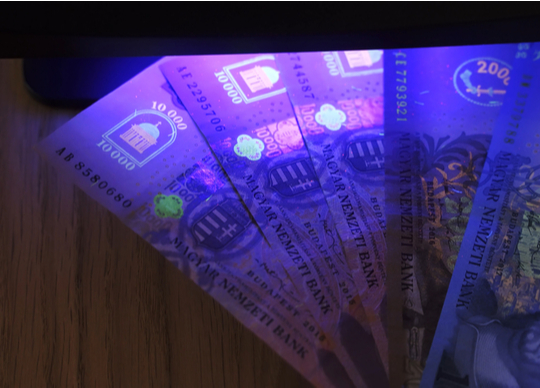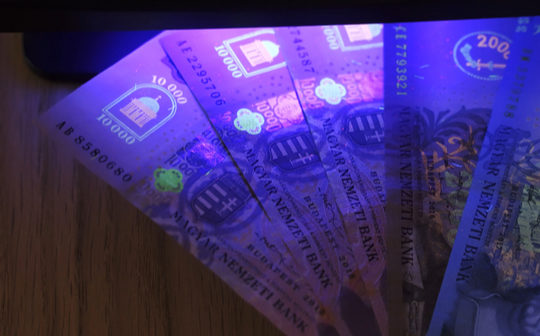
The International Hologram Manufacturers Association (IHMA) says it welcomes a new report that paves the way to ‘significant’ opportunity and growth for anti-counterfeiting and security devices such as holograms.
IHMA was commenting on the Intellectual Property Crime Threat Assessment 2022* report by EUIPO (EU Intellectual Property Office) and Europol.
According to the report, piracy and counterfeiting continue to pose a serious threat to the European economy and people’s health and wellbeing. Imports of fake and illicit goods reached €119 billion in 2019, which represented 5.8% of all goods entering the EU zone.
More than 66 million counterfeit items were seized by EU authorities in 2022 – a staggering amount, according to the IHMA – as pharmaceuticals, food items, cosmetics and toys among other goods were targeted by criminals and counterfeiters looking to cash in on unwary consumers during the pandemic.
However, accessories and luxury products remain among the most prevalent categories for counterfeit goods the report says, while spare parts and alcohol are also seen as being at high risk.
The pandemic has been lucrative for the trade in counterfeit and pirated products, says the IHMA, and criminals continue to see opportunities as global supply chains and economies re-adjust in the post lockdown economic and social landscapes.
The trade body is calling for additional pressure to be applied by manufacturers, brand owners, government authorities and law enforcement to increase investment in anti-counterfeiting technologies to help stem the tidal wave of fake products flooding into the EU.
Security devices on packaged goods can ensure quality and check the distribution and smuggling of illicit products, while items not displaying security holograms can be seized and destroyed.
Commenting directly on the EUIPO and Europol report, IHMA chair Dr Paul Dunn said the war on counterfeiting is a hard one to win and efforts should never slacken.
He added: “Holography has a key role as an effective, highly flexible weapon in the ongoing battle to thwart counterfeiters and fraudsters. All involved in the supply will be reassured by the presence of holograms on products and recognise the benefits they provide.
“The use of authentication solutions, as advocated by the ISO 12931 standard, enables examiners to verify the authenticity of a legitimate product, differentiating it from fake products emanating from counterfeiting hot spots in Asia and eastern Europe. Even those that carry a ‘fake’ authentication feature can be distinguished from the genuine item if that item carries a carefully thought-out authentication solution.”
Dr Paul Dunn also points to EUIPO’s Anti-Counterfeiting Technology Guide** for advice to help traders and enterprises understand the main types of anti-counterfeiting technologies such as electronic identification, digital security devices and tracking tools.
“With counterfeiting on the rise there’s never been a more pressing need for enforcement authorities to work together effectively, preferably with IP crime returning to become a priority in the fight against international crime,” he said. However, companies both large and small also need to maximise their protection against fakes by taking advantage of the numerous technical solutions out there to protect ownership rights and supply chains.”






